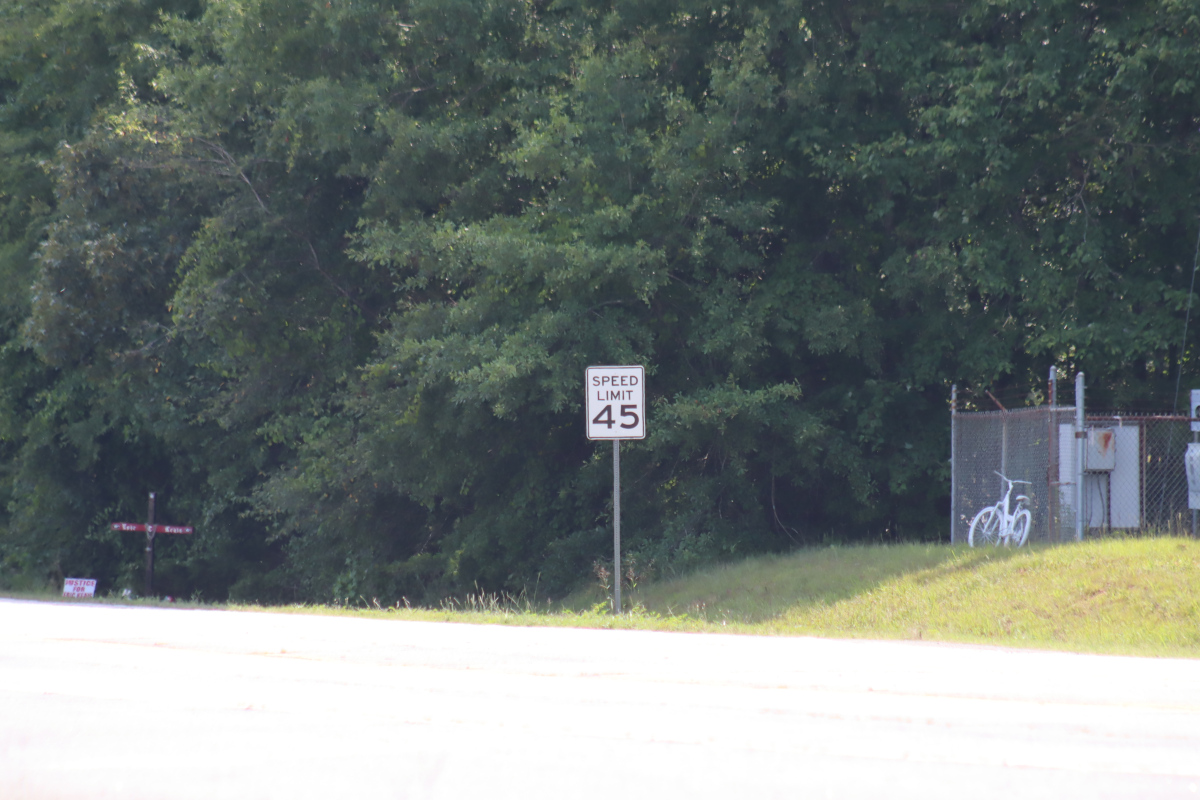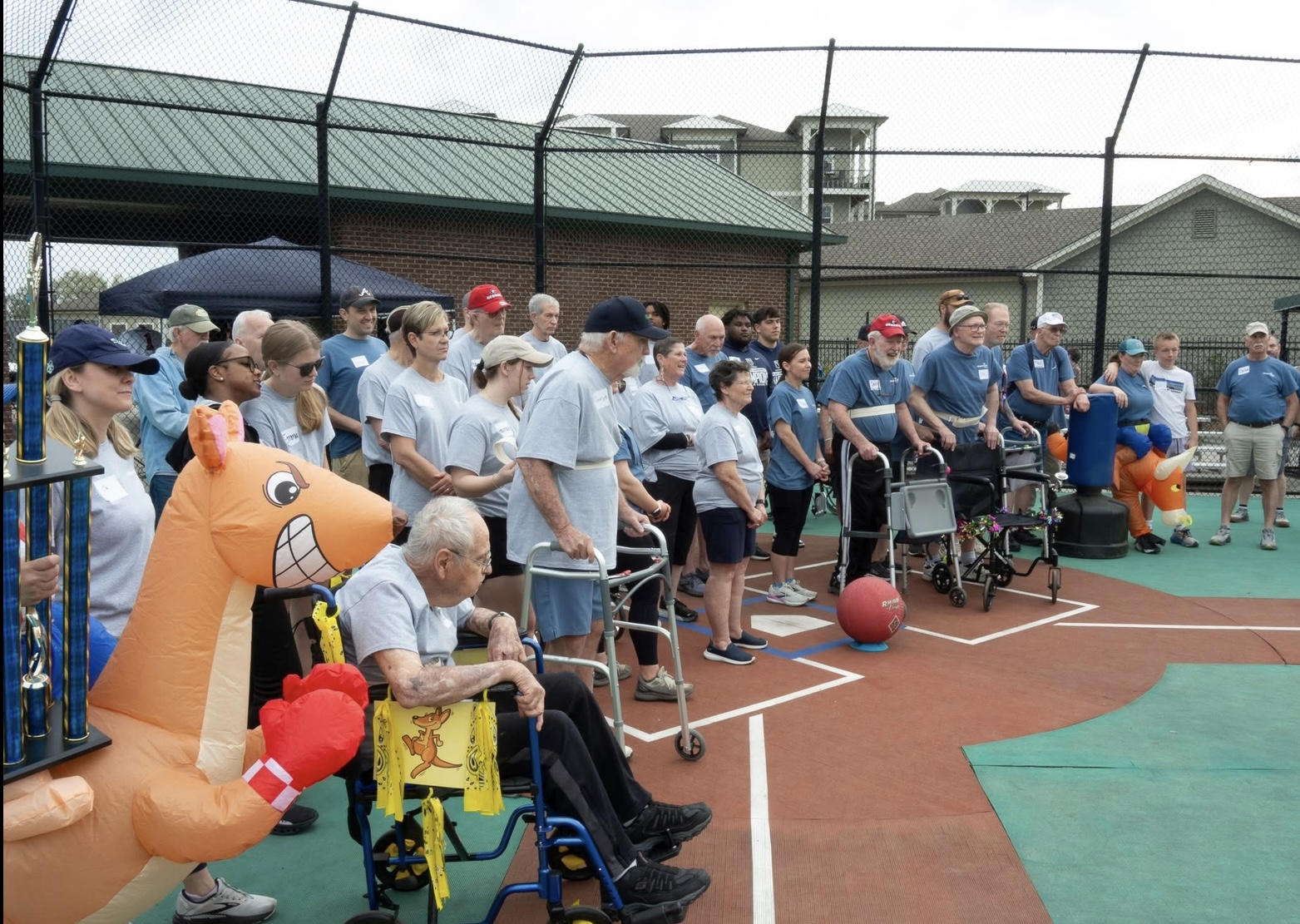Ryan Dover facing Judge’s decision on charges for hit-and-run that caused death of Eric Keais
District Attorney Jack Browning headed up the state’s prosecution of Ralph “Ryan” Dover III and was able to rest his case in the first of what will likely be a two-day proceeding in a rare Judge’s Trial for a criminal defendant in the Tallapoosa Circuit Superior Court.
Judge Mary Staley presiding over the case heard the first day of testimony in the case of Dover v. State and the prosecution finished up their presentation by this afternoon on charges of a felony for hit and run causing serious injury or death and a misdemeanor for reckless conduct.
The trial that began this morning is a Judge’s trial – a rare occasion in criminal proceedings in the Tallapoosa Circuit Superior Court – where instead of a jury of Dover’s peers getting the chance to decide whether or not he should be found guilty on charges, the judge gets to decide instead.
Judge Staley heard testimony from former state Medical Examiner Dr. Stacey Desamours, Cedartown Police Chief Jamie Newsome, Sgt. Josh Turner who responded that night, and Georgia State Patrolmen who provided their investigative results before Browning rested the state’s case.
Before the trial got fully underway, Dover was asked one final time if he understood the implications of a Judge’s trial and asked if he wanted to go forward. He and the defense both agreed, and after stipulations over evidence were handled the case began with Browning opening
Opening arguments centered around the events of September 11, 2019, when Dover was driving home from volunteering with friend, State Representative local attorney and former Cedartown City Solicitor Trey Kelley when he struck and ultimately caused the death of Eric Keais just across from the Dollar General Market parking lot that evening.
The state put forth an argument that Dover who at the time was headed toward the Cedartown Tobacco Market (generally known as Tony’s here in Cedartown) to pick up items had plenty of times to pull over. He had opportunities aplenty to call police after the incident took place, but instead kept driving until he reached the store. Then he called State Rep. Kelley for help, noting that at the time he had told Kelley he wasn’t sure what he hit.
“It was a violent collision, he (Keais) rode the hood and windshield for some distance,” Browning noted during his opening statement to Judge Staley. He also noted that investigative efforts found that the collision between Keais’ bicycle and Dover’s vehicle was 150 feet from where Keais was later found by Sgt. Josh Turner. Forty minutes after the incident, law enforcement were made aware of what happened and Turner called for emergency personnel to get to the scene as fast as possible.
Keais could have been saved had the right people been called in time, was Browning’s argument.
The defense headed by attorney Brian McWhorter didn’t dispute that Dover struck Keais, but that at the time he didn’t know what he had struck and took measures for his own safety to get to a lighted area and figure out what happened. His instincts as a “simple man” who still lives with family and as McWhorter told the court had previously been in special education classes, was to call his friend for help since he wasn’t sure what he had hit, and that he only learned he hit Keais after police found him on the side of the roadway.
Morning testimony
Dr. Desamours was the first to come to the stand to open the morning’s testimony, and both prosecution and defense based on her previous experience as a State Medical Examinate for the Georgia Bureau of Investigation’s Crime Lab in Decatur could qualify her to testify in an expert capacity.
Dr. Desamours – now working for Cobb County’s medical examiner’s office – undertook the autopsy of Keais two days after he was struck on the roadway and died of his injuries. She described the multiple injuries he sustained when he was struck: multiple broken ribs and a broken breast bone, two broken vertebrae, multiple contusions (scrapes, hits, etc.) and internal damage. A spleen bleed, and blood going into the lungs also were noted by Dr. Desamours.
All of his injuries were life threatening, but one point stood out: they could have been survivable.
Browning asked whether Keais’ injuries were bad enough that if he had gotten immediate medical attention he would have been able to survive, and she was able to agree that it was possible. He needed immediate attention for the internal bleeding and injuries to his lungs and spleen. His spinal fractures hadn’t broken the spinal cord. The blood loss was was causing him after he was struck and landed in the ditch to slowly go into shock.
By the time that Sgt. Turner found him, he barely had a pulse and his breathing was shallow.
McWhorter did ask during cross examination about Keais’ toxicology reports, which did show he had a blood alcohol level of .075 (under the legal limit to drive) and had at some point taken methamphetamine. He wanted to know specifically if the drugs in his system and alcohol had any major impact on his ability to survive, but Dr. Desamours noted that it was inconclusive on what impact that might have had on his chances for survival.
Chief Newsome was next to take the stand, and described his role in events during the night of Sept. 11, 2019.
When the incident occurred, he received a phone call from State Rep. Kelley asking for his assistance in the incident. Hearing from Kelley wasn’t exactly out of the ordinary, or the request for help. Chief Newsome noted several times during testimony that his “phone is constantly ringing” and in a small town, those calls for help aren’t out of the ordinary at all.
He however did report to the court that when Kelley called that night, despite knowing the State Representative all his life, he took the call outside expecting it to be a professional issue and not anything personal. “He didn’t call to ask me what I was having for dinner,” is how Chief Newsome described their relationship. Personable, but professional.
Newsome said the call lasted only a few minutes, but immediately got his attention when Kelley described what happened and wasn’t sure if a person or animal was involved in the the incident.
He additionally reported for the court that he immediately radioed Turner to call him, then noted what happened to the Sergeant and asked him to respond post haste.
Turner when on the stand relayed that his feeling at the time was of immediacy to get to the scene because of the uncertainty of whether a person had been struck.
Newsome testified that later when he arrived on scene to discover what happened, he took control and requested the help of the Georgia State Patrol to investigate the crash site and block off the area to preserve the scene.
At this point, Browning asked the court to watch a video and a brief recess was taken to setup equipment. When returned, Newsome watched along with the rest of the court about the North Main Street route along which Keais was struck and later found.
Newsome pointed at the screen at multiple points where Dover could have pulled over to check the damage to his vehicle safely and with lighted parking lots that a reasonable person would be able to see what happened. Newsome agreed that at least ten different places were available to Dover between the Dollar General Market and Cedartown Tobacco Mart where he could have stopped and called for help from 911.
During cross examination, Newsome additionally pointed toward the same locations and noted that some are illuminated better than others, but not to a point to keep a reasonable driver from pulling over to look at the damage to their vehicle.
“I’d say only the Masonic Lodge is too dark to see your wristwatch without a digital face lighting up,” Newsome said.
He noted that one could see what happened in many other parking lots along the way the eight tenths of a mile from where Keais was struck to where Dover stopped initially.
Sgt. Josh Turner was called to the stand, and his testimony included the events that happened once he arrived on the scene and found Keais in the ditch. The court additionally got to watch his body camera of the incident from the time he arrived in the parking lot, with a clear view of Dover pointing toward the damage and claiming he could smell alcohol coming off of his vehicle in the damaged area.
Kelley did most of the talking during the encounter, and two other people were at the scene at the time who weren’t identified.
His camera footage and testimony went into detail about how he found Keais. He pulled his vehicle up with a spotlight and shone it across the area where Dover pointed toward to look. He first found a bicycle pedal and reflector, then a ball cap. Finally, the white of Keais’ sock pointed the way toward the dying man. Around 30 yards were spaced between the initial find of reflector to ball cap, then ball cap to Keais.
Turner in the video immediately calls on his radio for medical assistance, and tries to rouse the visibly injured Keais. The video was stopped there, and testimony was paused for a lunch recess.
Brief notes post-lunch
Following the lunch break, McWhorter came back to question the police officer under cross examination.
Additional testimony was also heard from the Georgia State Patrol about their reconstruction of events and the math involved to give officials a greater understanding of the events that occurred that night.
Following the afternoon testimony, Browning rested the state’s case.
Proceedings begin again on Tuesday morning at 9 a.m. Judge Staley gave the two parties until Wednesday to conclude testimony since a court reporter would be unavailable for Thursday proceedings.
State Rep. Kelley previously faced a charge involved in the case, but it was dropped in a separate proceeding.





















Leave a Reply